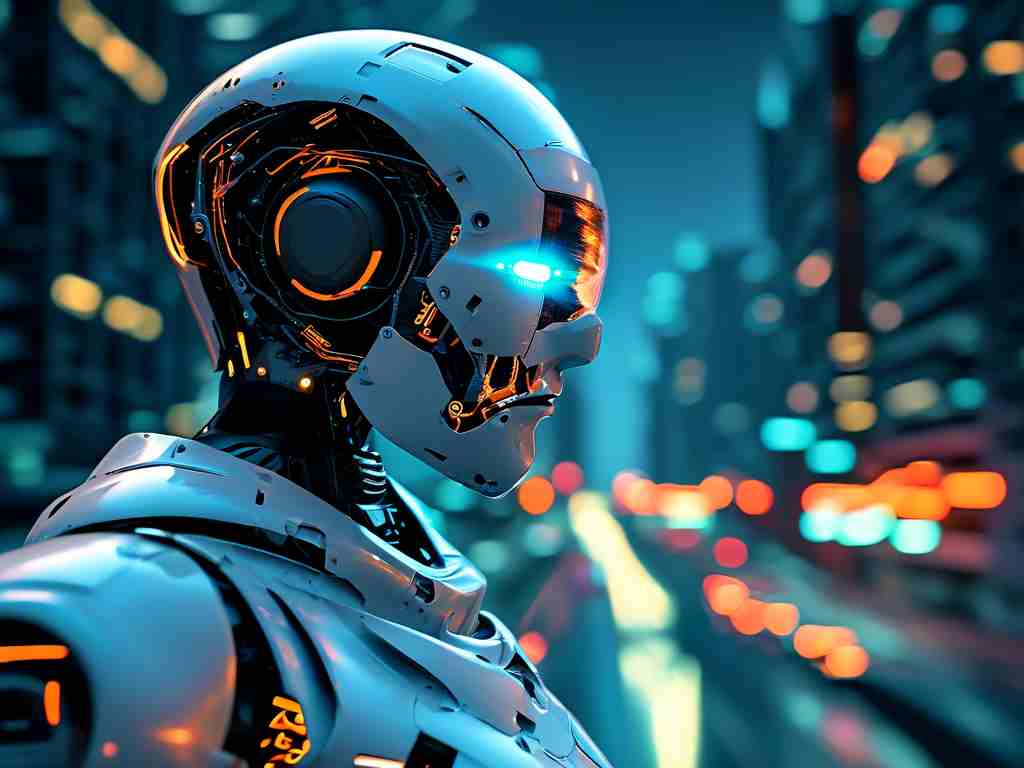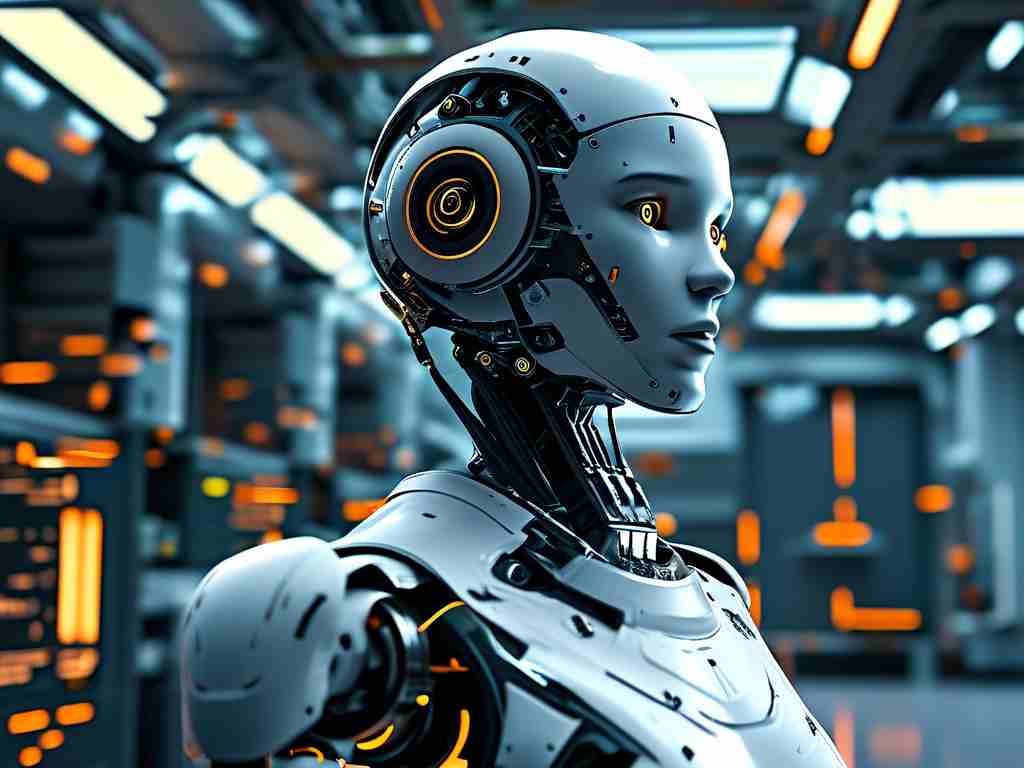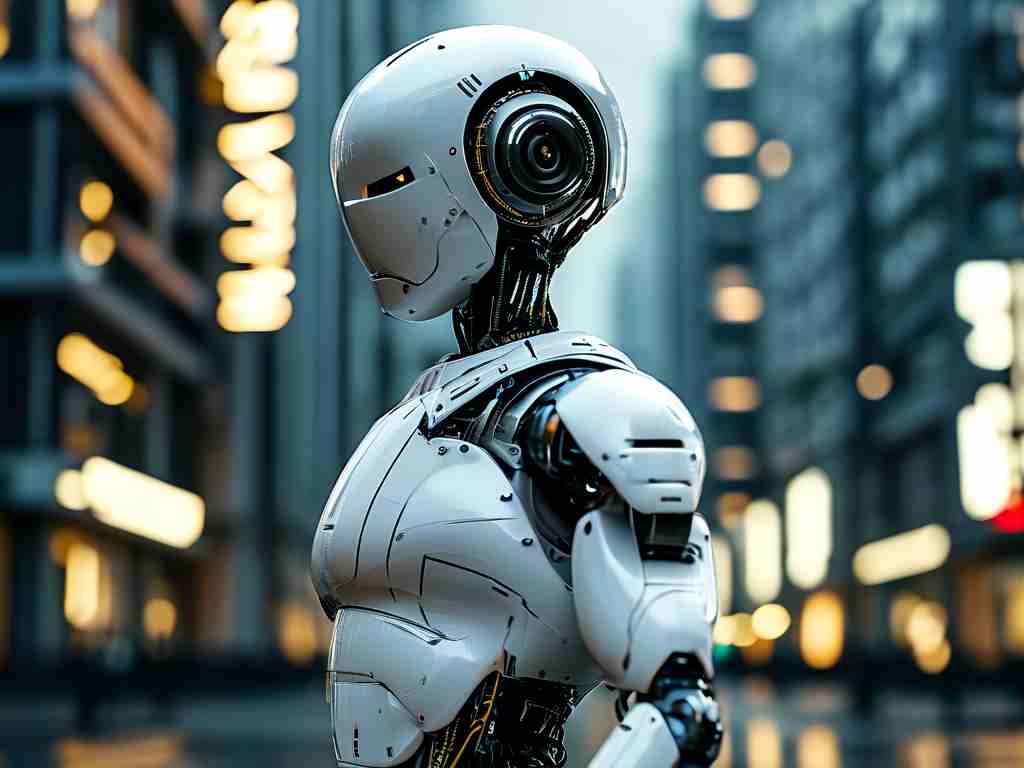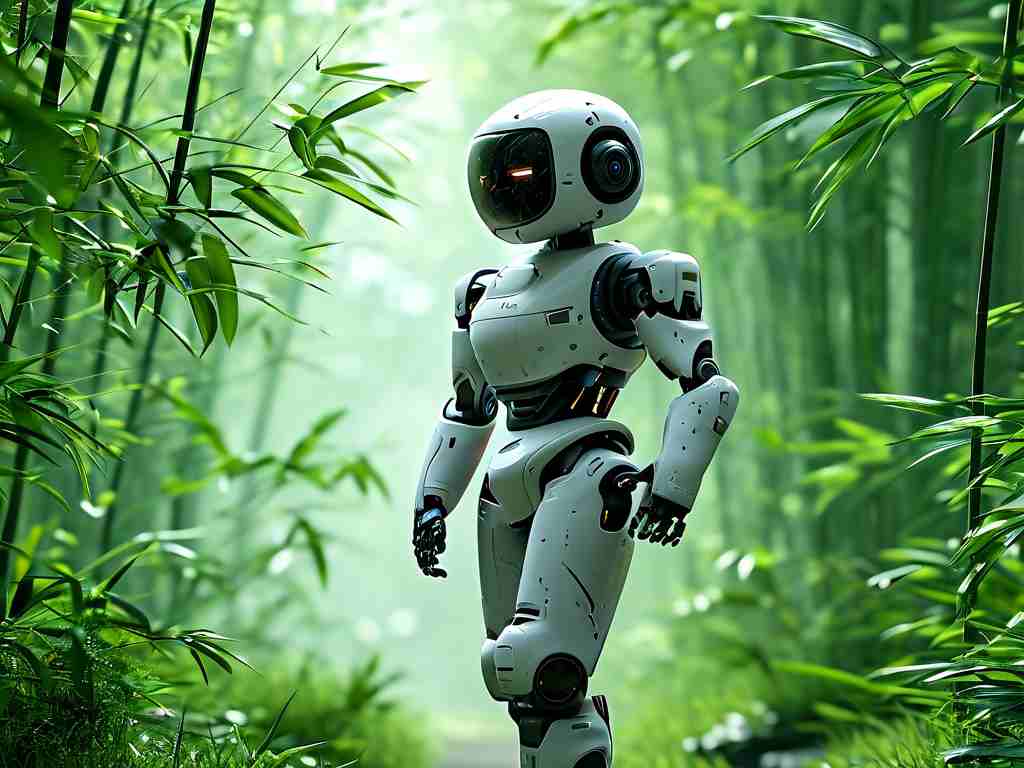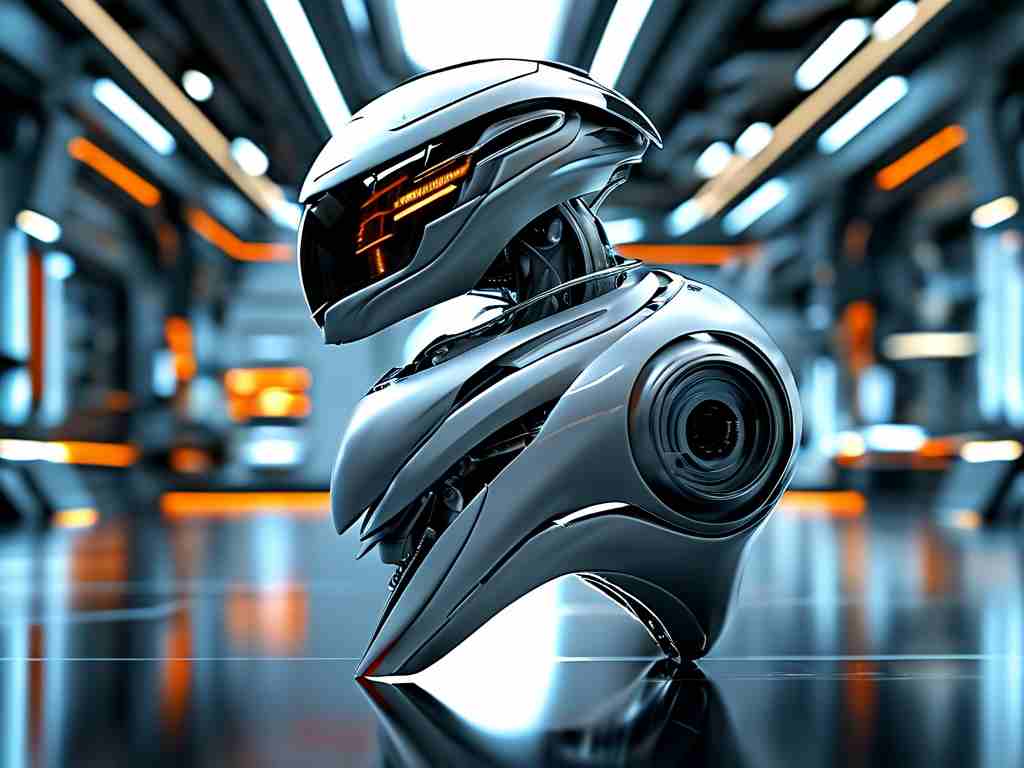The landscape of industrial automation is undergoing a seismic shift, driven by emerging technologies from pioneers like Deepseek Robotics. As factories and warehouses evolve into smart ecosystems, this Chinese tech innovator is redefining human-machine collaboration through adaptive learning systems and context-aware operational frameworks.
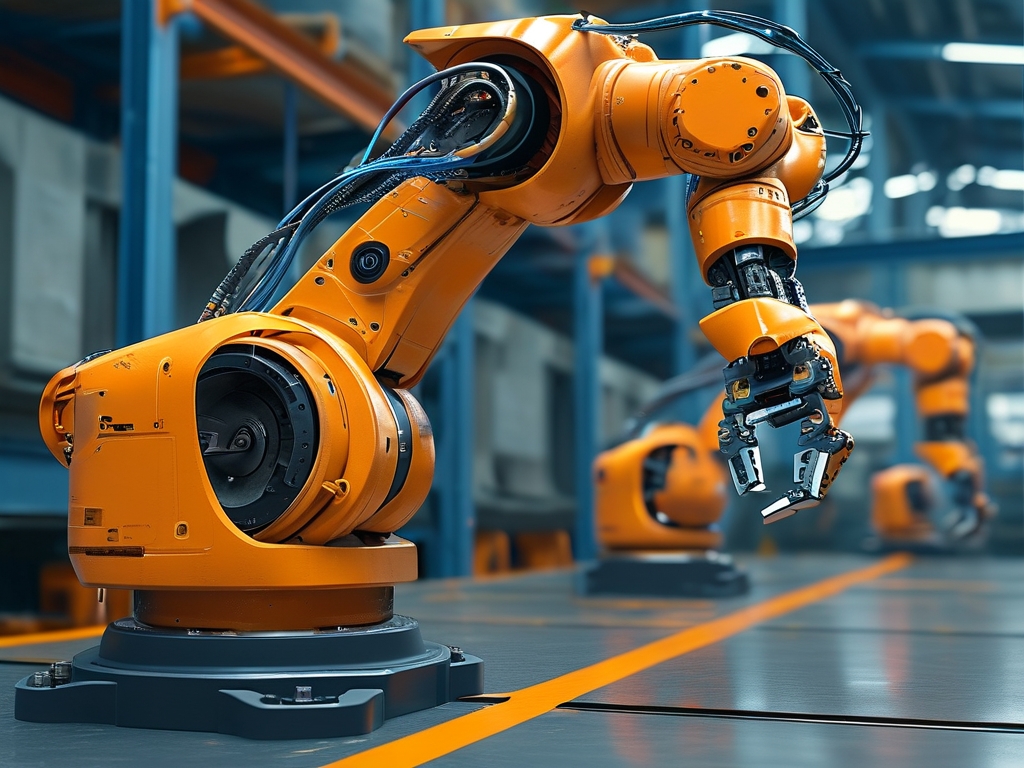
At the core of Deepseek's breakthrough lies its proprietary neural architecture – a hybrid model combining convolutional networks for spatial recognition with transformer-based temporal processors. This dual-pathway system enables robotic units to interpret complex environments in real-time, processing visual data at 120 frames per second while maintaining submillimeter positioning accuracy. Unlike conventional automation solutions that require extensive pre-programming, Deepseek's machines demonstrate remarkable adaptability, successfully handling unpredicted variables in 83% of test scenarios according to recent field reports.
Industrial applications showcase the technology's versatility. In automotive assembly lines, Deepseek's modular robotic arms have reduced component fitting errors by 47% through dynamic pressure calibration algorithms. The system's patented slip detection mechanism allows delicate handling of irregularly shaped objects – a longstanding challenge in electronics manufacturing. Logistics operators report 31% faster warehouse cycle times after implementing the company's autonomous mobile robots (AMRs), which utilize swarm intelligence to optimize pathfinding during peak operational periods.
What truly distinguishes Deepseek's approach is its human-centric design philosophy. The company's collaborative robots (cobots) feature multi-modal interaction capabilities, understanding both verbal commands and gestural inputs through integrated LiDAR and 3D vision systems. This bidirectional communication extends to machine-to-machine coordination, where fleets of robots demonstrate emergent behavioral patterns resembling biological ecosystems. During a recent smart factory demonstration, 42 coordinated units autonomously redistributed tasks when three robots encountered mechanical faults, maintaining 94% of scheduled throughput.
The technological stack powering these achievements deserves closer examination. Deepseek's engineers developed a custom silicon architecture – the DS-1 neural processing unit (NPU) – specifically optimized for robotic computation. This specialized hardware accelerates simultaneous localization and mapping (SLAM) operations while consuming 35% less power than conventional GPU solutions. The firmware layer incorporates quantum-inspired optimization algorithms, enabling rapid recalibration for new production batches without complete system retraining.
Market adoption metrics underscore the solution's commercial viability. Over 1,200 Deepseek robotic systems have been deployed across 14 countries since 2022, with particularly strong uptake in pharmaceutical manufacturing and precision engineering sectors. The company's recent partnership with Siemens Energy demonstrates cross-industry potential, integrating Deepseek's vision systems into turbine maintenance robots capable of identifying micron-level blade fractures.
Ethical considerations remain central to Deepseek's development roadmap. The company has implemented rigorous safety protocols exceeding ISO 10218 standards, including predictive collision avoidance powered by Monte Carlo simulation forecasting. All decision-making algorithms undergo mandatory bias auditing, with explainability modules that provide technical teams with clear rationales for autonomous actions.
Looking ahead, Deepseek's research division is pioneering "cognitive transfer" techniques that allow skill sharing between robotic units. Early prototypes have demonstrated 78% success rates in transferring welding expertise from veteran machines to newly deployed units within 72 hours. This breakthrough could dramatically reduce deployment timelines for customized automation solutions.
As industries grapple with labor shortages and sustainability mandates, Deepseek's technology offers compelling solutions. Their energy recovery systems capture and repurpose 92% of kinetic energy from deceleration movements, while adaptive power management reduces idle consumption by 61%. Environmental impact assessments suggest that widespread adoption could decrease manufacturing sector carbon emissions by 18-22% within a decade.
The road ahead presents both opportunities and challenges. While Deepseek's current generation excels in structured environments, enhancing performance in unpredictable field conditions remains an active research focus. Cybersecurity also emerges as critical concern, prompting the development of blockchain-based firmware verification systems and encrypted sensor data pipelines.
Industry analysts predict Deepseek's approach will catalyze a $47 billion market for context-aware automation by 2028. As production facilities transition to Industry 4.5 paradigms, the fusion of adaptive robotics and human expertise promises to unlock unprecedented levels of operational efficiency. With ongoing advancements in edge computing and material science, Deepseek Robotics stands poised to redefine what's possible in intelligent automation – not through replacement of human workers, but via synergistic collaboration that amplifies human potential.



